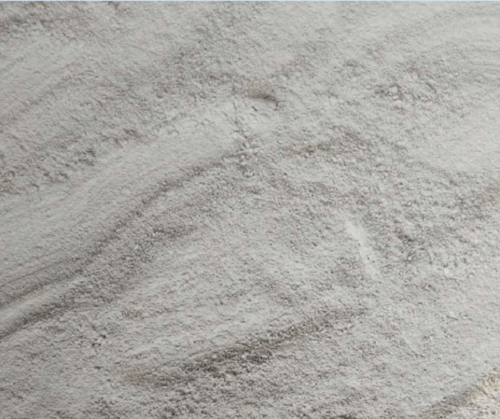Products
BALL CLAY

Ball clay is an exceptionally rare stone, occurring only in a couple of areas worldwide, called ‘plastic clay.’ It consists typically of a kaolinite clay of 20-80% kaolinite, 10-25% mica, 6-65% quartz, and organic matter. Ball clays with a number of specific properties are essential for GMCI Ceramics. Ceramics Industry may produce high-quality goods for a range of ceramic applications by mixing selected clays from various places. Ball and China clays vary considerably in chemical composition such that the former has a higher silica quality.
Key Features
- High plasticity
- Excellent workability
- High unfired strength
- Rheological stability
- Controlled residue
- Refractoriness
APPLICATION
- Ceramic Industry
- Ball Clay is a main component of ceramic development.
- Sanitarian devices — For sanitary products, a ‘ceramic core’ usually contains 30% ball clay, 20% kaolin, 30% feldspar and 20% quartz/silica.
- Tableware-The ceramic tableware utilizes ball clay, in conjunction with kaolin, feldspar and quartz to achieve strong plasticity and a nice white-fired colour.
- Wall and Floor tiles – Ball clay is used for its plasticity and bonding properties in combination with talc, feldspar, quartz / silica and kaolin.
- Ceramics-Construction products such as bricks, clay pipes and tiles are mostly constructed of ball clay. Building materials
QUALITY
| Sr No | Chemical Analysis of Ball Clay | |
| Constituents | Range% | |
| 1. | SiO2 | 40 – 44 |
| 2. | Al2O3 | 32 – 36 |
*Detailed specification can be given on request.
To learn how our Ball Clay can benefit your end product, please contact our local technical sales team to discuss further.
We provide a wide range of custom-made formulation and Technical / Process support services to help you fit the correct grade to your product specifications.

